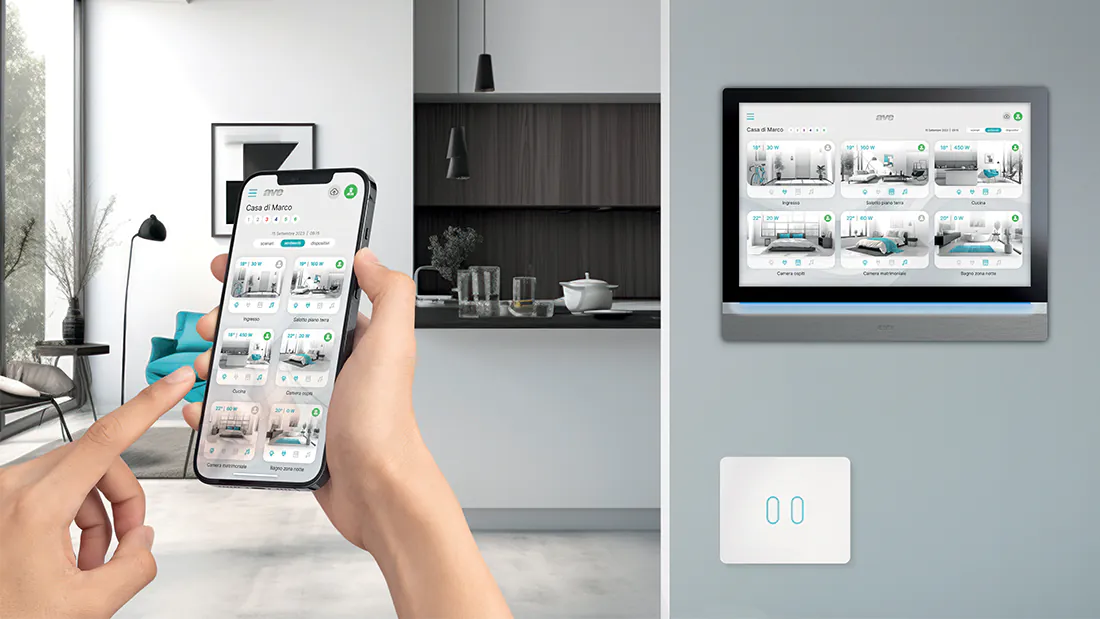Home Automation Solutions
Home Automation Solutions – 2025 Overview
What Is Home Automation?
Home Automation refers to the integration of smart devices and systems—such as lighting, climate control, security, entertainment, and appliances—into a unified, automated network. Through IoT and central platforms (apps, voice assistants, or dashboards), users can control and monitor their homes remotely and intelligently
Benefits of Home Automation
Energy Efficiency & Cost Savings
Automated systems optimize energy usage through smart thermostats, lighting, and power management. Studies show up to 20% reduction in overall energy consumption, with heat/cooling savings around 10% .
Remote Control & Monitoring
Homeowners can manage their systems from anywhere via mobile apps or voice assistants, allowing access even while traveling
Personalized Comfort
Set up custom environments like “Movie Mode,” “Morning Routine,” or “Good Night,” automating lighting, temperature, and even music according to preferences
Enhanced Security & Safety
Smart locks, surveillance systems, motion sensors, and emergency alerts boost home protection. Smoke, leak, and CO detectors bring additional safeguards with immediate notifications
Increased Accessibility
Voice and app control make the home environment more accessible—especially beneficial for individuals with mobility challenges
Higher Property Value
Homes with advanced automation systems tend to be more appealing in the real estate market, often commanding higher prices

Notable 2025 Home Automation Trends
AI-Powered Automation
AI now anticipates user routines—adjusting lights, climate, and security automatically based on behavior patterns. Systems are becoming predictive and autonomous
Matter & Seamless Interoperability
Matter is a universal connectivity standard supported by Apple, Google, Amazon, and others. It ensures cross-brand compatibility, simplifying device integration
Multimodal Control Interfaces
Modern homes support control via voice, touch, gestures, and biometrics—such as smart mirrors, wearable controls, and even motion detection for touchless interaction
Smart Energy & Sustainability
Automation tools now include AI-driven energy dashboards, solar integrations, HVAC zoning, and automated window blinds—all geared toward eco-friendly living
Advanced Security Systems
Security has evolved with AI-enhanced cameras, facial recognition, drones, and biometric access control—all offering proactive threat detection and response
Smart Kitchens & Appliances
Kitchen automation includes fridges that suggest recipes, smart ovens with image recognition, and voice-controlled small appliances—all integrated into the smart ecosystem
Health & Wellness Tech
Smart homes now feature air quality monitors, circadian lighting, smart mattresses, and UV sterilizing robots—all promoting well-being and mental comfort
AI-Enhanced Ambiance & Efficiency
Today’s systems go beyond reactive automation—they adjust lighting, music, air quality, and even security based on user presence and mood. AI platforms like smart vacuums, purifiers, and thermostats are becoming proactive household assistants
How to Structure This Content on Your Website
Introduction: Define smart home automation and its scope.
Key Benefits: Use bullet points for energy, comfort, security, cost, and accessibility.
Core Features & Trends: Highlight AI automation, interoperability (Matter), advanced security, smart kitchens, wellness integration, and control interfaces.
Visual Showcases: Use the images above with captions like “Mobile control interface” or “Wall-mounted automation panel” to illustrate components.
Design Suggestions: Pair visuals with feature callouts—e.g., “AI-driven lighting”, “Secure access control”, “Health-focused automation”.
Implementation Guidance: Advise on selecting a platform—look for Matter compatibility, AI capabilities, security standards, and expandability.
Utility Tips: Include cautionary advice like not connecting high-powered appliances to smart plugs due to safety risks